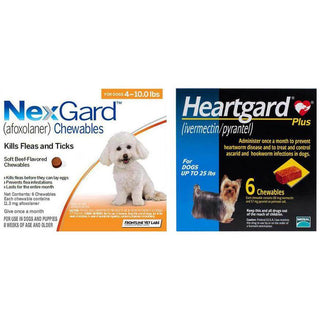
When you attempt to pet another pet, your dog might wedge between you and the other Animal, nudging your hand away, or your cat might start meowing loudly because you're not giving it attention. However, it's debatable whether these actions are genuinely driven by jealousy.
Suzanne Hetts is an applied animal behaviorist and co-owner of Animal.
"Often, describing these situations as competitive rather than jealous is more accurate. The pet is simply vying with others—humans, dogs, cats, or any other—for something they desire," Hetts explains.
Recognizing and addressing these behaviors is not just a matter of curiosity; it's crucial. Pet jealousy can significantly impact their well-being and behavior, so it's important to manage it proactively.
Signs That Your Pet Is Jealous
Here are some signs of potentially jealous behaviors in pets to watch for:
Going To The Bathroom Outside/Indoors The Litter Box
"Our pets are unable to verbalize their emotions, so they often communicate through behaviors," states Dr. Geoffrey Broderick, a veterinarian in Huntington, New York. "If they begin urinating or defecating in inappropriate places, it might be their way of sending a message."
Nonetheless, if your pet starts having accidents in the house or missing the litter box, it could also indicate a health problem. Therefore, a visit to the veterinarian should be your initial step to rule out any medical concerns.
Aggression
"Often, this may manifest as biting or nibbling at the person or animal receiving more attention," explains Dr. Scarlett Magda, founding president of Veterinarians International, based in New York City.
Paying extra attention to you (being "clingy")
Clingy behavior in a dog or cat might appear as the animal cuddling unusually close to you, followed by sudden licks on your hand or face. They are trying to capture your attention by demonstrating their affection.
Hissing, Growling, Or Getting Into A Fight With Another Pet
This can become an issue, especially in homes with multiple pets, where animals compete for resources and attention.
Pushy behavior
Consistently hindering another person or Animal from moving freely or intruding into situations to demand the owner's attention.
Trying To Scare Off Strangers
Pets might growl, hiss, or bark aggressively when owners or guests arrive.
Crowding Your Space
Cats might settle on your desk, sit on your keyboard, or even begin pushing items off the table to draw attention. "A dog could sit up and beg or stand on its hind legs to try and capture your attention," says the observer.
Doing A Trick
This indicates that your pet is trying to get your attention.
Leaving the room
Pets might sometimes withdraw or isolate themselves when they feel upset.
What Can Be The Reason For Jealous Behaviors In Pets?
Experts indicate that behaviors resembling jealousy in pets often signal boredom or a need for attention. Like humans, pets can feel insecure and require personalized care, plenty of affection, and stimulating activities to stave off boredom. Sometimes, our pets prefer not to share us with others; they want us all to themselves.
Katenna Jones, an associate applied animal behaviorist and owner of Jones Animal Behavior in Warwick, Rhode Island, explains that jealous behaviors can stem from resource scarcity (such as a single toy shared among multiple pets), social tensions, confined living spaces, stress, lack of activity, and even genetic factors.
How To Stop Jealous Behavior In Pets
Here are some tips for reducing jealousy in a household with multiple pets:
- Document instances that trigger aggressive or jealous behaviors. This record can be helpful if you need to consult with a veterinarian or an animal behaviorist because you're struggling to manage these behaviors independently.
- Ensure each pet receives equal attention.
- Make your dog's crate a comfortable and secure spot so they see it as their sanctuary. Similarly, provide a particular area for your cat.
- Feed your pets separately to avoid conflicts during mealtime, and distribute treats evenly.
- Be mindful about how you distribute attention when you arrive home. Avoid overly favoring one pet or delaying attention. This can help reduce the buildup of excitement that may lead to aggressive behaviors.
- When walking two dogs, use individual leashes for each and consider a gentle leader for better control.
- Always show affection to all pets equally to prevent feelings of neglect.
- Provide duplicates of toys and beds to reduce competition, but keep food-related items separate and under supervision.
Managing undesirable behaviors and maintaining your pets' mental health is crucial for preventing issues. As pet parents, we must address their physical and emotional needs, ensuring they feel loved and valued.






